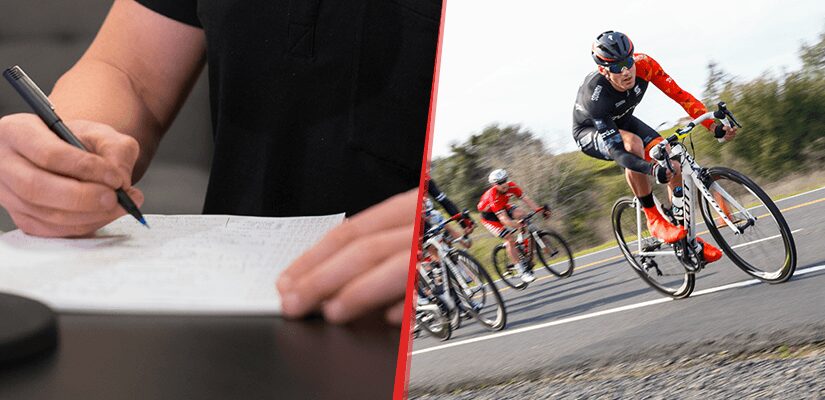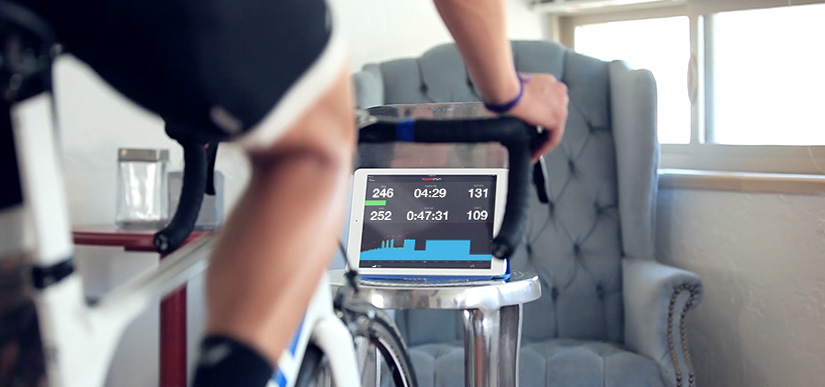How to Set Cycling Goals Based on Power and Past Performances

Setting goals is a big part of racing and cycling in general. How much thought and strategy you put into the goal-setting process can forecast how your race season will turn out. That might sound bold, but there’s some science behind that statement.
In a study done by the Dominican University on goals research, they found that people are a whopping 33 percent more likely to complete their goals if they write them down, create an action plan and share them with a friend.
Now that you know the science supporting setting goals, let’s talk about the art of it. There are three key characteristics of a well thought out cycling goal: measurable, specific and attainable. To make cycling goals that have each of those qualities, follow these steps:
Step #1: Consult Your Training Log
To set measurable goals, it’s best to know where you’re coming from. That said, take the time to revisit your training log to look at your last year’s performance before you start your winter training. Be honest with yourself. Analyze the aspects where you were weak or how you came up short. This first step will vary depending on if you train with power or not.
If I don’t train with power, how do I analyze my past performance?
If you don’t train with power, make note of the perceived exertion and shortcomings of your past performances. Did you get dropped on all the climbs? Could you not hang on the flats? Was your sprint weak? The goal is to study the outcomes of your past races in their entirety. Referencing times and finish placings of your past events is included in that.
If I train with power, how do I analyze my past performance?
If you train with power, this step is more clearcut. It’s all about your functional threshold power (FTP). Look at your power files from your races and focus on what your power output was like during key moments in the race. When you went for the winning attack did you stick with them or get dropped? By looking at all of these key moments in your season, you’ll get a feel for weaknesses in your performance.
Step #2: Pick a Goal Event
With the weaknesses you identified and your last year’s performance in mind, decide on your goal event for the new year. Once you know that, pick all your supplementary events — the events that will help you prepare for your goal event. The key when selecting supplementary events is to look for opportunities to build a specific type of fitness, or maybe even your confidence. The closer you are to your goal event, the more closely your supplementary events should replicate its demands.
Step #3: Create a Realistic Training Plan
I dive into the core components of creating a training plan in my Winter Training Guide, but the point I want to make now is this: you can’t force more training hours. Your schedule is your schedule. The best you can do is be realistic about the number of hours you can commit to training and how much training your body can recover from, then make a solid game plan with that information in mind. You can also do yourself a huge favor and plan ahead. Many cycling and triathlon events require seven months of training to get ready for them.
Key Takeaway
Setting measurable, specific and attainable cycling goals is a multi-step process. If taken seriously, the effort is extremely worthwhile.
Action Item
If you’re not keeping a training log already, start one. This task is especially important if you’re not training with power because you don’t have downloads or files you can analyze. Along with your training and race notes, write your goals down in your training log to make them stick.
This is one section of my Winter Training Guide. Read the full guide here to discover 11 coaching tips to help you become a faster cyclist right now.
